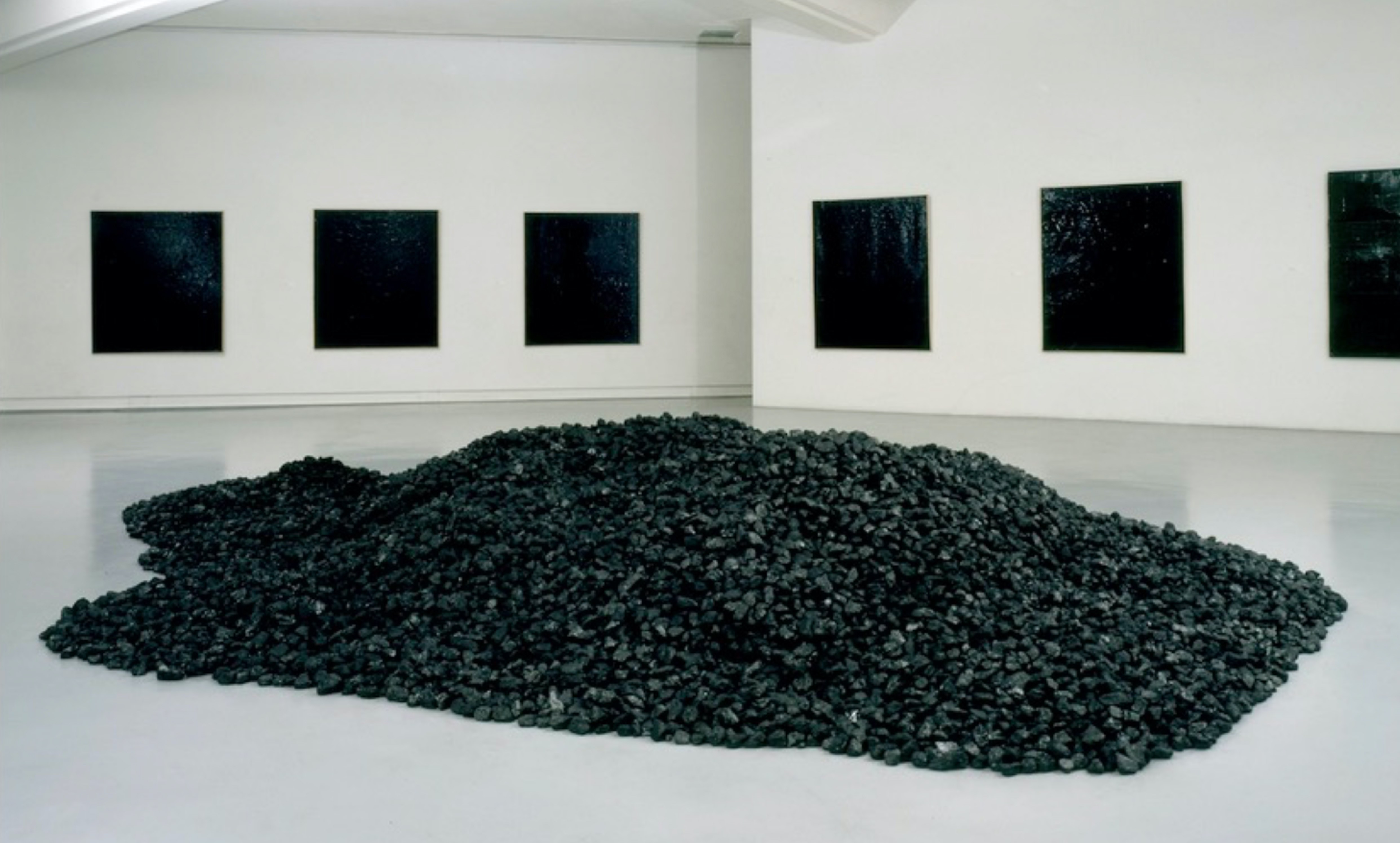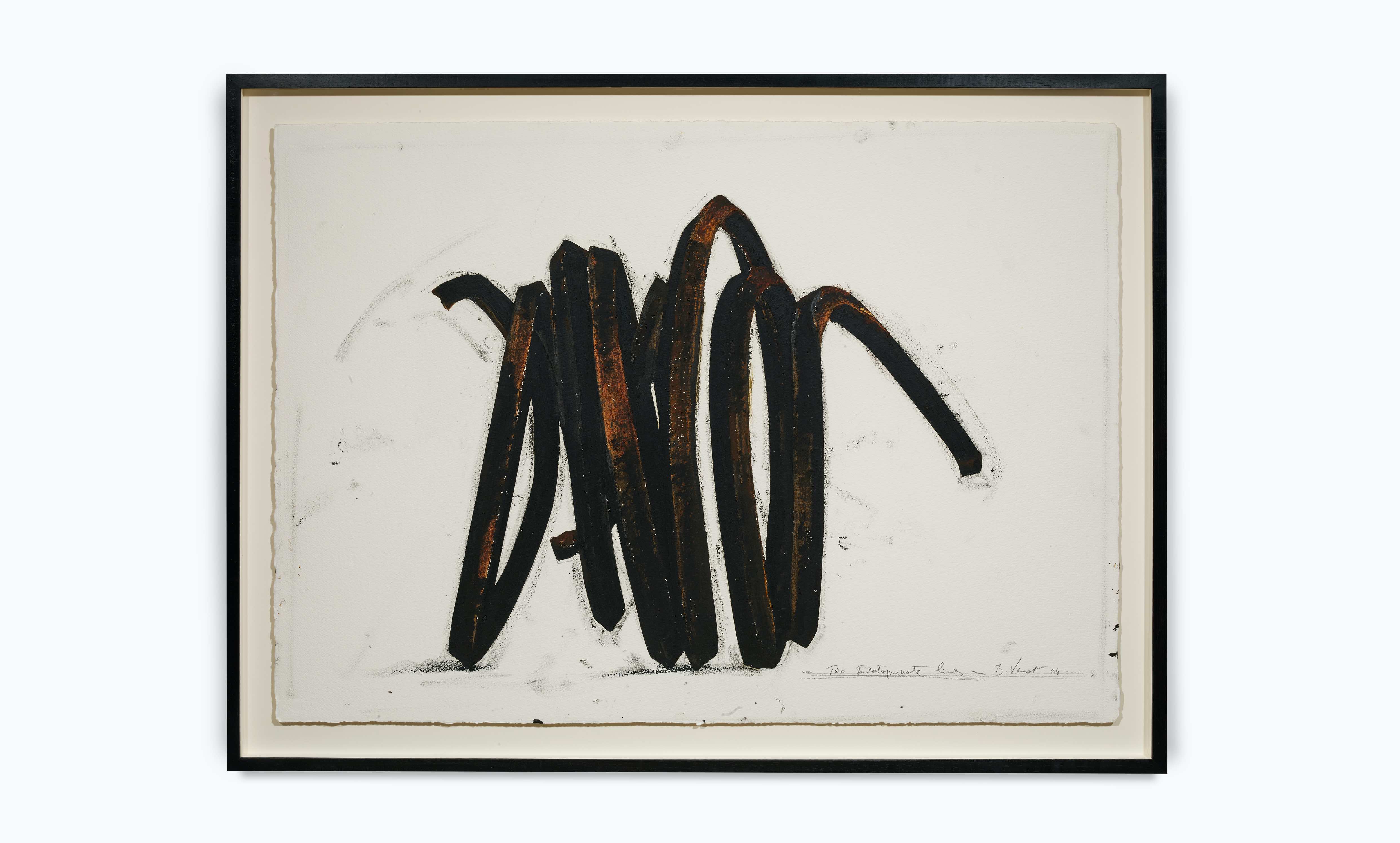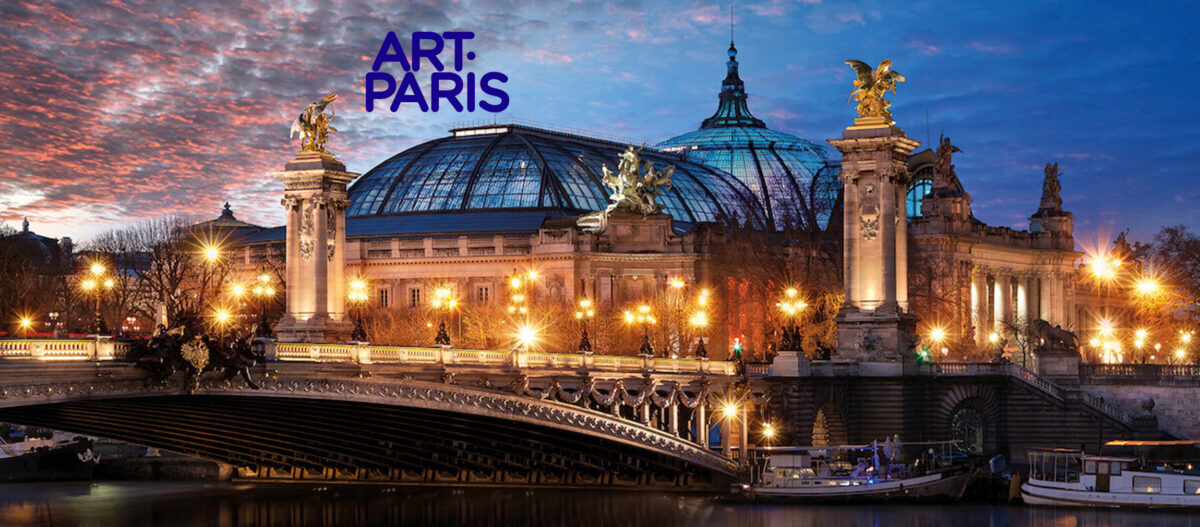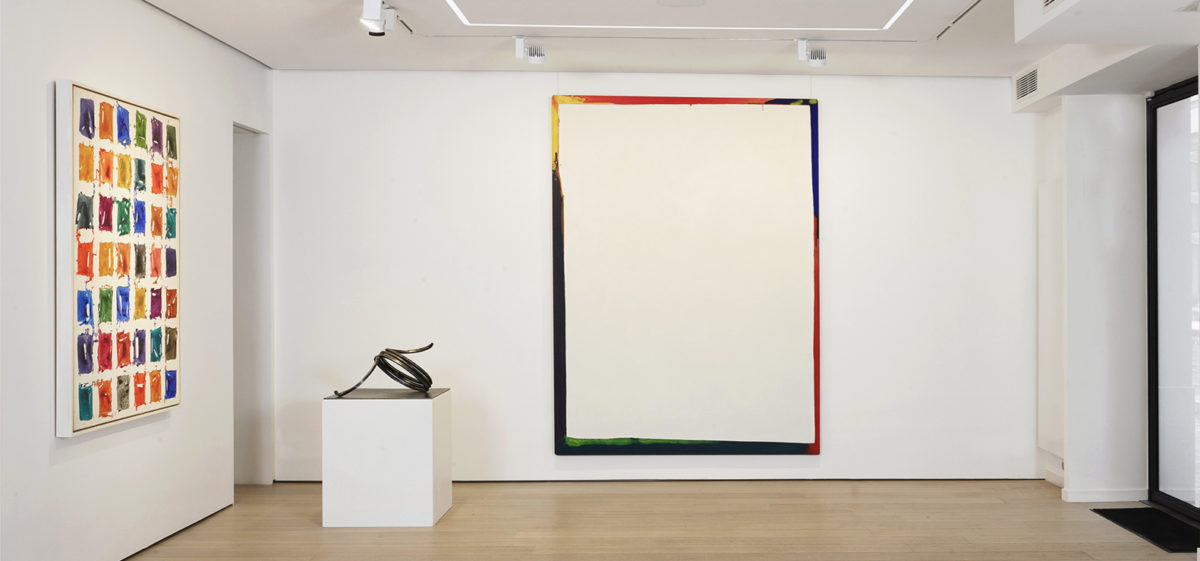Bernar Venet (France, 1941) is one of the essential figures of the current art scene, recognised since the early 1960s as one of the pioneers of conceptual art. His multifaceted work, in fields as varied as performance, painting, monumental sculpture and theoretical writing, stands as an essential contribution to contemporary creation. His innovative thinking has established him as one of the world’s leading artists.
Turning his back on tradition and the French art scene, Venet produced his first works at the very beginning of the 1960s: the tars on cardboard
Déchets (1961) and
Tas de charbon (1963) prefigured the beginnings of his conceptual art by refusing composition, interpretation, and the use of traditional pictorial matter. In 1966, the artist responded to Arman’s invitation to join him in New York and settle in the United States. Few artists had attempted such adventure at the time, but his American years played a huge part in his recognition as he discovered a type of art that corresponded to his taste for a “cold, difficult, sober abstraction”. As soon as he arrived, he took an interest in science, met and exhibited alongside great figures of minimal art, Donald Judd, Carl André, Frank Stella, and Dan Flavin.
After a short artistic pause (1971-1976), Venet parted ways with conceptual art which he found limiting and focused his research around the line. It became, from the end of this decade, the central element of his work. Venet started using an elementary visual vocabulary drawn from mathematics and developed a combinatorial art, exploring the dialectics of order and chaos. The result is a body of work with remarkable aesthetic qualities, which remains autonomous in relation to the space it occupies and imposes a powerful physical presence on the viewer.
In the field of sculpture, Venet chose steel, a material that is sober, rigid, difficult to work with, and engaged in a genuine test of strength. The models bear witness to the artist’s physical commitment to a creative process that seeks to impose his domination on the metal by cutting the material with a torch to better twist, bend, and coil it. On paper, Venet uses oil sticks, charcoal and acrylic, all dark and sober materials : they have become his signature, his favorite tools, allowing freedom and ease of action. They enable him to explore the many possible combinations of straight, curved, broken, and random lines.
Since the 1980s, his monumental sculptures have conquered urban spaces around the world, from the Palais de Versailles (2011), to the A4 motorway in Belgium, to the Gibbs Farm Makarau in New Zealand. This minimalist gigantism became his signature and paved the way for international recognition. Bernar Venet’s works are now part of a hundred museums’ collections around the world and more than thirty international cities such as London, Geneva, Paris, Nice, or Seoul, permanently display the sculptures of the French artist in their public spaces.









































